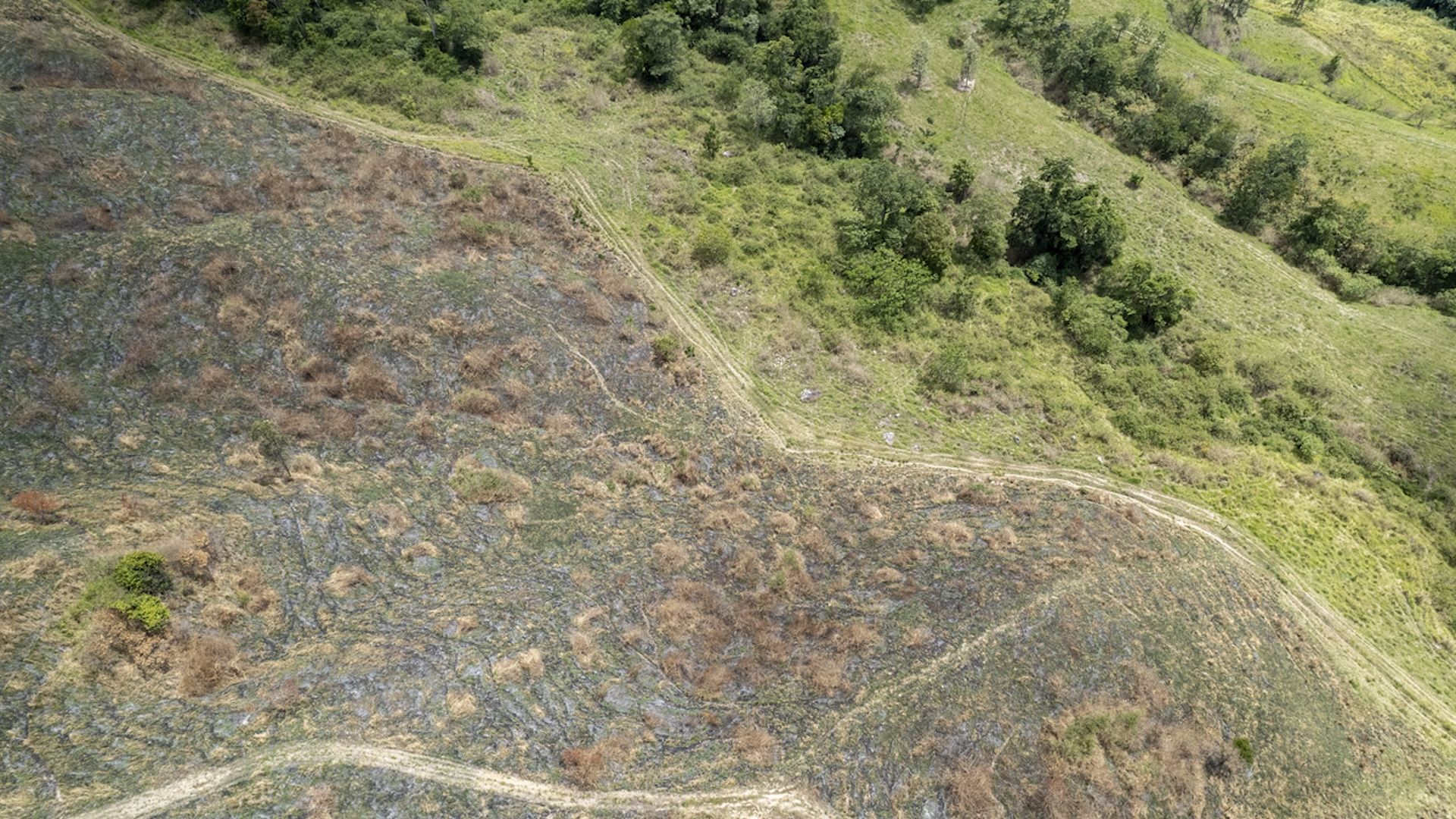Half of the world’s natural pastures have been destroyed, pushing existing ecosystems and food supplies to the brink of depletion, according to a new United Nations report.
What happens?
The United Nations Convention to Combat Desertification (UNCCD) released a report in May revealing that up to half of the world’s pastureland has been overexploited. Population growth, urbanization and rising food demands have forced farmers to raise more animals than the land can support, a Reuters report said.
Rangelands include savannas, wetlands, deserts and grasslands and make up 54% of the Earth’s total land area. The increase has also led to more farmers converting natural pastures into cropland, resulting in degraded soil fertility and worsening droughts.
Central Asia, China and Mongolia are the worst affected, but Africa, the Middle East and South America are also suffering. The previous estimate of degradation was 25%, but the revised figure is closer to 50%, based on updated data from over 40 countries.
Why is desertification important?
According to NASA’s Earth Observatory, desertification is the irreversible process by which land and soil lose productivity, meaning they can no longer support the same level of plant growth as before.
The loss of these areas puts one sixth of the world’s food supply at risk, threatening the health, well-being and livelihoods of billions of people in the long term. According to the United Nations, around 500 million people live in areas affected by desertification since the 1980s.
The destruction of pastures can also trigger a domino effect on the environment, leading to a loss of soil fertility and productivity. With less and less land available to support any kind of life, this can lead to worsening climate change impacts such as droughts and fires.
The UNCCD reported last year that even the air is affected by desertification, with “two billion tonnes of sand and dust now entering the atmosphere every year, an amount equivalent to the weight of 350 pyramids of Giza.”
What is being done to combat desertification?
The news on soil erosion sounds grim, but Barron Joseph Orr, chief scientist at UNCCD, pointed out that there is hope if governments work together to help rather than taking a more individual approach.
He also pointed to traditional practices that could help restore the country, telling Reuters: “In general, the way things were traditionally done in the past can go a long way towards the solutions we want to achieve today. They have worked for a very, very long time and can work again under the right circumstances.”
A recent example of adapting the approach comes from the indigenous Zenú community in Colombia, who suffered major crop losses due to climate change. They adapted their agricultural approach to use ancient maize varieties that are heat and drought resistant, improving their food supplies.
Subscribe to our free newsletter for good news And useful tipsand don’t miss this cool list of simple ways you can help yourself and the planet at the same time.

